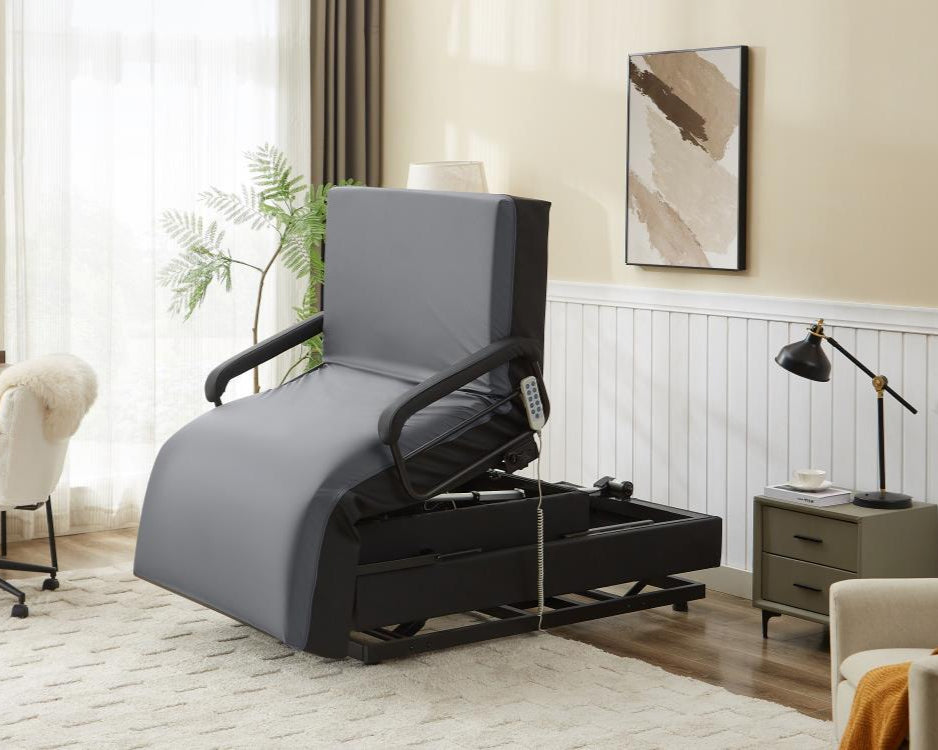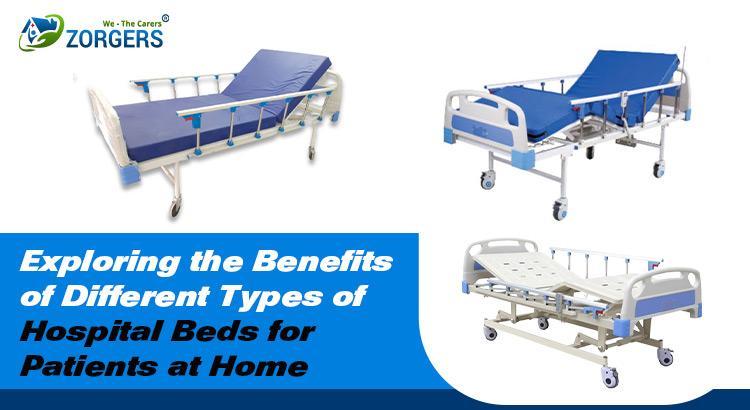Unknown Facts About Hospital Beds For Home Use
Unknown Facts About Hospital Beds For Home Use
Blog Article
Hospital Beds For Home Use Things To Know Before You Buy
Table of ContentsThe 5-Second Trick For Hospital Beds For Home UseHospital Beds For Home Use Fundamentals ExplainedRumored Buzz on Hospital Beds For Home UseThe Definitive Guide for Hospital Beds For Home UseThe Ultimate Guide To Hospital Beds For Home Use5 Simple Techniques For Hospital Beds For Home UseNot known Incorrect Statements About Hospital Beds For Home Use
There are 3 major types of medical facility beds: handbook, semi-electric, and fully-electric. Nevertheless, even more sorts of clinical beds exist and they are listed here. These beds use hand cranks to adjust the bed's elevation and increase and decrease the head and the foot. Hand cranks are usually located at the foot of the bed and call for a person that is literally efficient in operating.
Semi-electric beds have an electric motor to raise and decrease the head and foot portions of the bed. People and caregivers change the positioning by pressing buttons making use of a hand necklace. The elevation of the bed is changed by hand with a hand crank. Full-electric beds have an electrical motor that can raise the head and foot areas of the bed along with the whole height and positioning of the bed.
The Hospital Beds For Home Use Ideas
There are a number of types of healthcare facility beds, each developed to fulfill particular client needs. Below are some typical kinds: This is the most common type of health center bed, created for basic medical use.
Lower to the ground than a common bed. This kind of bed is created for bigger people, with a wider frame and greater weight ability than a common bed. This kind of bed is designed especially for youngsters, with smaller dimensions than a typical bed. Unique features such as full length side rails and cartoon style.
This kind of bed is created for seriously unwell people who require open surveillance and specialized medical tools such as ventilators and mixture pumps. This type of bed is designed for use throughout labor and delivery, with adjustable positions and features to support the mother and baby during the birth process.
The Of Hospital Beds For Home Use
Numerous function and the accessories execute increasing traction to various parts of the vertebra and the extremities without moving the human body. These are simply a few instances of the types of health center beds readily available. The specific sort of bed used will rely on the person's problem, clinical needs, and various other variables.
Below is things you require to understand. A one-function medical facility bed is a medical bed that allows a person to relocate only the head or foot section up or down. A 2 feature hospital bed commonly describes a type of clinical bed that has 2 flexible functions to assist people in health centers or treatment centers.

Not known Incorrect Statements About Hospital Beds For Home Use
A 7-function ICU bed is a type of clinical bed that gives a number of adjustable his comment is here functions to sustain seriously ill clients in an extensive treatment device (ICU) (hospital beds for home use). The seven functions generally consist of: Backrest modification: The backrest can be gotten used to different angles to aid the individual sit up or rest comfortably
Height modification: The bed can be increased or decreased to make it less complicated for patients to enter and out of bed, and for caregivers to offer care. Trendelenburg placement: The entire bed can be tilted to promote blood flow and blood circulation in the body. Reverse Trendelenburg setting: The bed can likewise be tilted in the contrary instructions to promote blood flow and blood circulation in the upper body.
1. What Size is a Health Center Bed? 2. Exactly how Much Does a Medical Facility Bed Cost? 3. Why Do Hospital Beds Have Side Bed Rails? 4. What Are The Key Health Center Bed Parts?. While even more affordable than electrical designs, these beds call for physical effort for changes. The major benefits of hand-operated beds are their price and dependability, as they don't rely upon power. The requirement for hands-on effort can be a limitation in situations where fast adjustments are necessary or where caregivers encounter physical challenges.
Hospital Beds For Home Use Fundamentals Explained
They are well-suited for people who require minimal rearranging for convenience or clinical demands. Semi-electric healthcare facility beds provide a balance of handbook and electric controls. The head and foot areas are commonly changed with electric controls, while the height is readjusted manually. These beds offer an ideal middle ground in between manual and totally electrical choices, using description simplicity of use without the complete cost of electrical versions.
Semi-electric beds are well-suited for people who need moderate changes to the head and foot areas but can take care of without regular elevation modifications. This makes them a cost-efficient solution for those seeking comfort and ease without the demand for continuous repositioning. Totally electrical health center beds include electrical controls for seamless changes to the height, head, and foot areas.
Specialty health center beds, such as ICU beds, long-lasting care beds, and bariatric beds, are meticulously created to attend to details medical requirements. These beds supply customized treatment for varied client teams, boosting both outcomes and convenience. In the complying with areas, we will discover the main sorts of specialty medical facility beds, describing their particular benefits and applications.
With years of experience in producing electric straight actuators - hospital beds for home use and close partnership with the medical care industry, TiMOTION is well-positioned to offer dependable medical care options. Our up and down integrated company takes care of every action of the production process, from layout to actuator setting up, guaranteeing we provide exceptional worth and customized options tailored to your specific needs
The smart Trick of Hospital Beds For Home Use That Nobody is Talking About

To get more information concerning incorporating these technologies right into your products, call us today. Further reading:.
Information is sourced from the Medicare Expense Record. Accessed January 2025. Short-term intense care healthcare facilities have the highest average number of beds at 187. They are the most common sort of medical facility in the united state and comprise greater than 50% of united state hospitals. Children's healthcare facilities have 178 beds generally and VA health centers typical 175 beds.

Hospital Beds For Home Use Can Be Fun For Anyone
A health center bed is a bed developed especially for medical objectives. It is not only a location for people to rest, however also a platform for medical procedures. Unlike common home beds, hospital beds usually have flexible features, which can help with medical personnel to make different modifications according to the requirements of individuals, such as transforming the elevation, inclination, and support angle of the back and legs of the bed.
Report this page